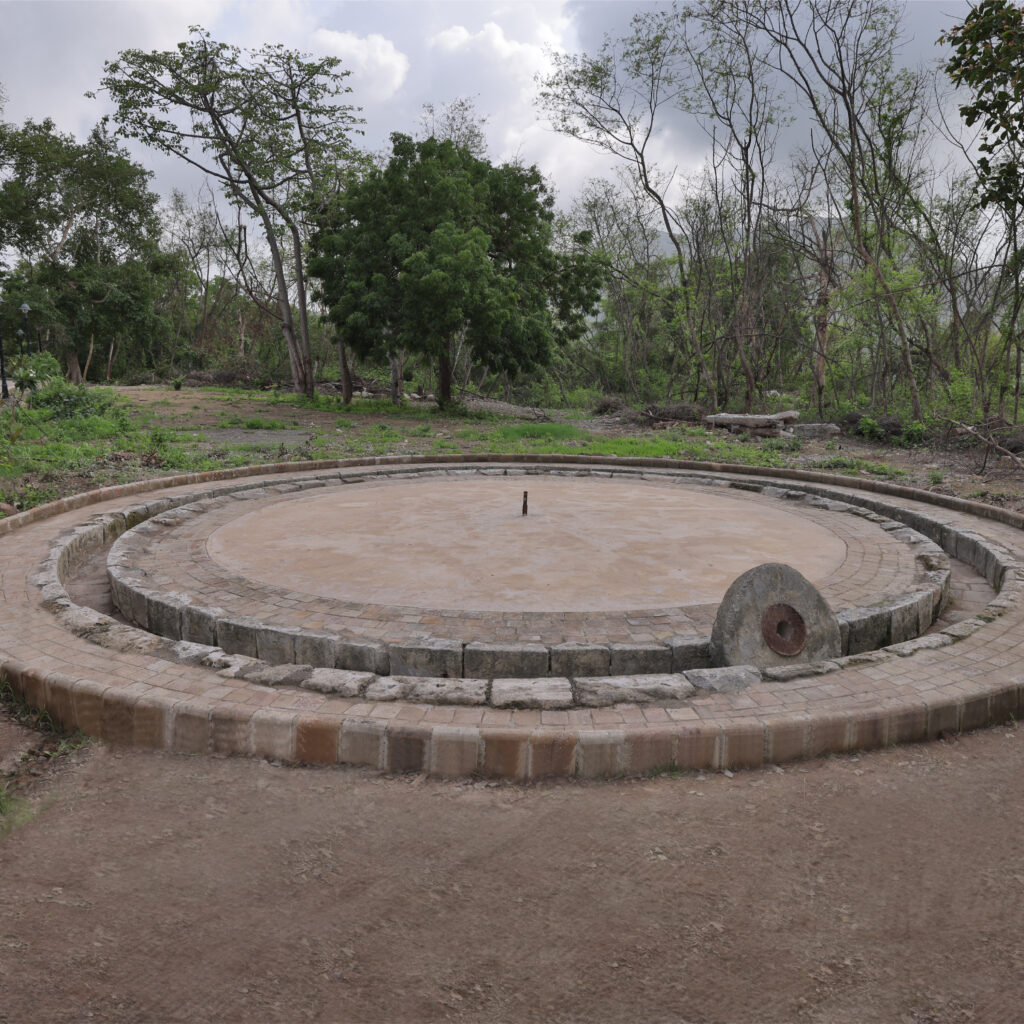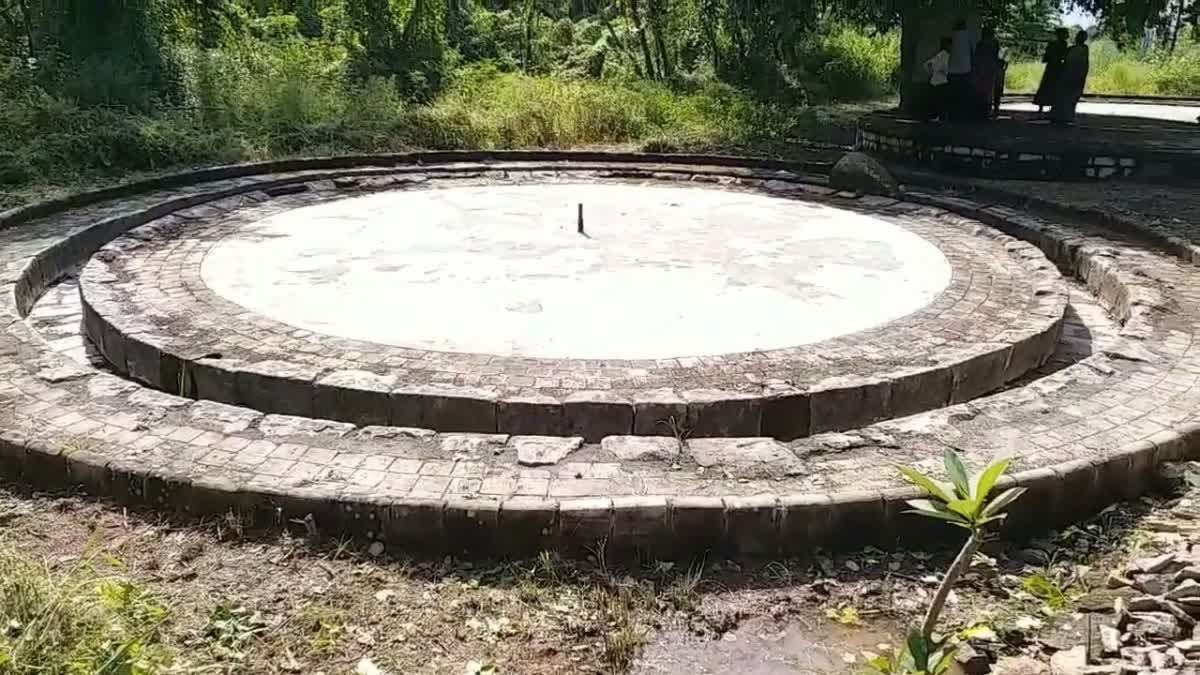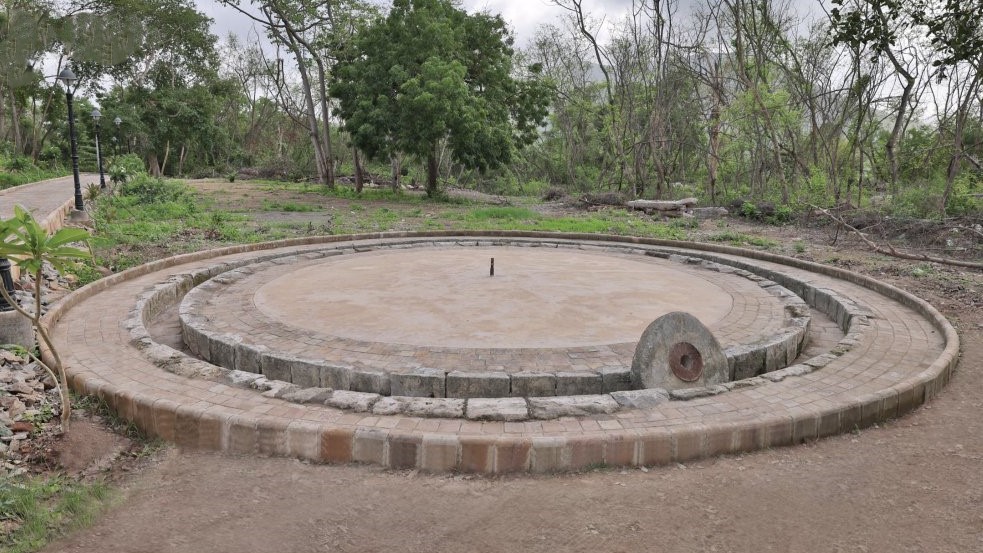The Lime Chakki in Uparkot Fort: Grinding History with Every Turn

The Lime Chakki, nestled within the historic confines of Uparkot Fort, stands as a silent witness to the industrious activities that shaped the fort’s existence. This lime-grinding mill not only showcases the technological advancements of its time but also unveils a chapter of industrial ingenuity within the fortress walls.

Industrial Ingenuity

The Lime Chakki, or lime-grinding mill, represents a prime example of industrial ingenuity in ancient times. Its purpose was paramount in the fort’s construction and maintenance, as lime played a crucial role in fortifying structures and providing a sturdy foundation.
Architectural Significance

Explore the architectural significance of The Lime Chakki, where lime was processed to become a fundamental building material. The mill contributed to the fort’s resilience by producing lime mortar used in construction, showcasing the foresight in fort planning and architectural stability.

Grinding Technology

Delve into the innovative mechanisms employed by The Lime Chakki. The grinding technology, though ancient, demonstrates a level of sophistication that ensured the production of fine lime powder. Witness the remnants of grinding stones and mechanisms that fueled the fort’s construction endeavors.
Historical Workhorse

The Lime Chakki served as the historical workhorse of Uparkot Fort. Lime, produced through this grinding mill, became the backbone of construction projects within the fortress walls. Its consistent operation was essential for fortifying structures and ensuring the longevity of architectural marvels.

Preservation Endeavors

Ongoing preservation endeavors ensure that The Lime Chakki’s industrial heritage is safeguarded. Restoration projects aim to protect the remnants of this historical mill, allowing modern explorers to appreciate the technological prowess that contributed to the fort’s grandeur.
